Conrad “Ben” Baker was a problem solver. When special operations troops during the Vietnam War needed a “non-attributable,” or sterile, knife for cross-border reconnaissance and irregular warfare, Baker was uniquely positioned to design and procure their plausibly deniable piece of kit. From this request were born the rare and legendary MACV-SOG knives.
Background
In 1964, Baker was the Deputy Chief for the United States Counterinsurgency Support Office (CISO), based in Okinawa. Tasked with outfitting U.S. Army Special Forces, Civilian Irregular Defense Groups (CIDGs), and the Military Assistance Command/Vietnam (MACV), one of Baker’s many assignments was to produce an unmarked knife that could act as a survival tool or close-quarters weapon in the hands of U.S. soldiers or sailors.
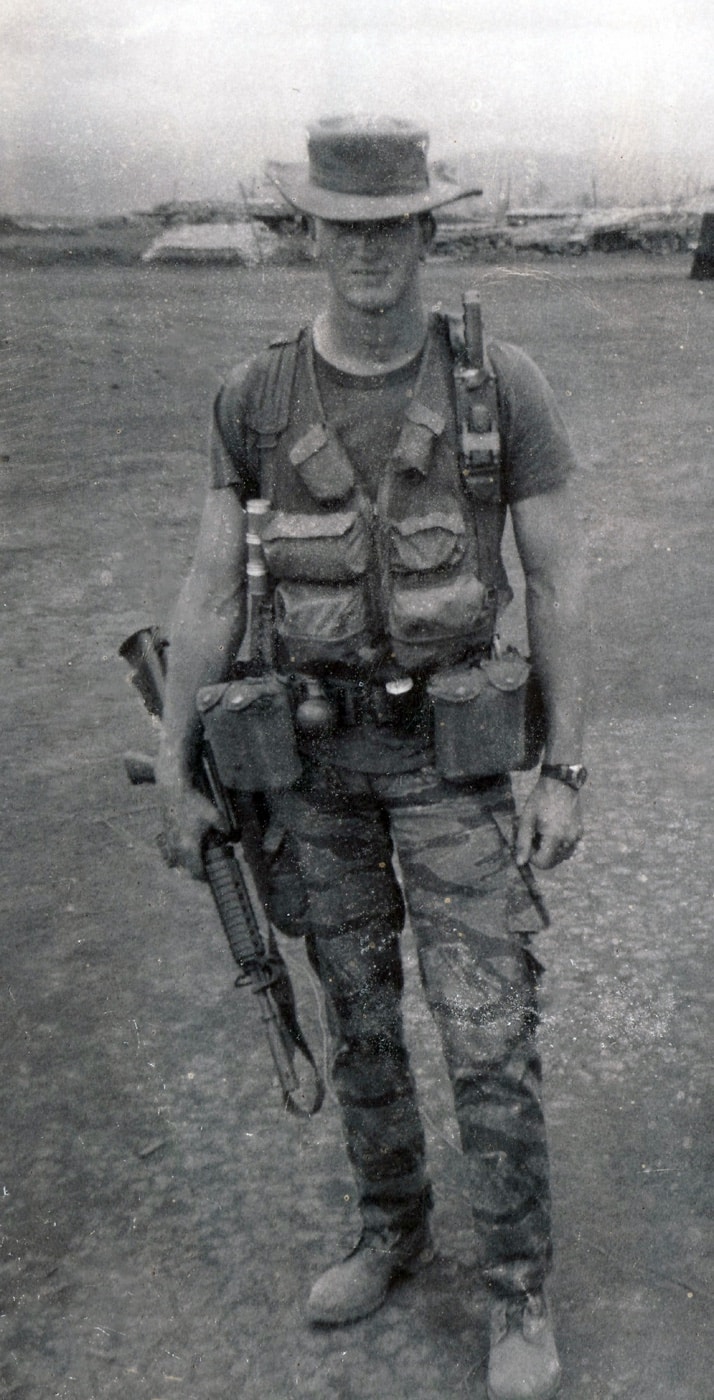
One of several groups under MACV command was the Studies and Observation Group, or SOG. MACV-SOG conducted dangerous recon and raids “over the fence” into Laos, Cambodia and North Vietnam. A typical SOG team would consist of two to three U.S. SOG members and up to nine indigenous personnel (typically Montagnards, Chinese, or Cambodians). SOG began with Army Special Forces and CIA assets, but quickly brought in U.S. Navy SEALs and Force Recon Marines.
[Don’t miss our article on America’s Allies in the Vietnam War.]
The Details
When Baker began his plans for the SOG knife, he evaluated steels, drew diagrams, and used pigs, ferns and palm trees to test penetration and cutting abilities. Baker later refuted the assertion that his knife was a copy of the Randall brand knives later found in theater. Rather, he said his first inspiration for the SOG knife was his father’s Marbles Gladstone skinner.
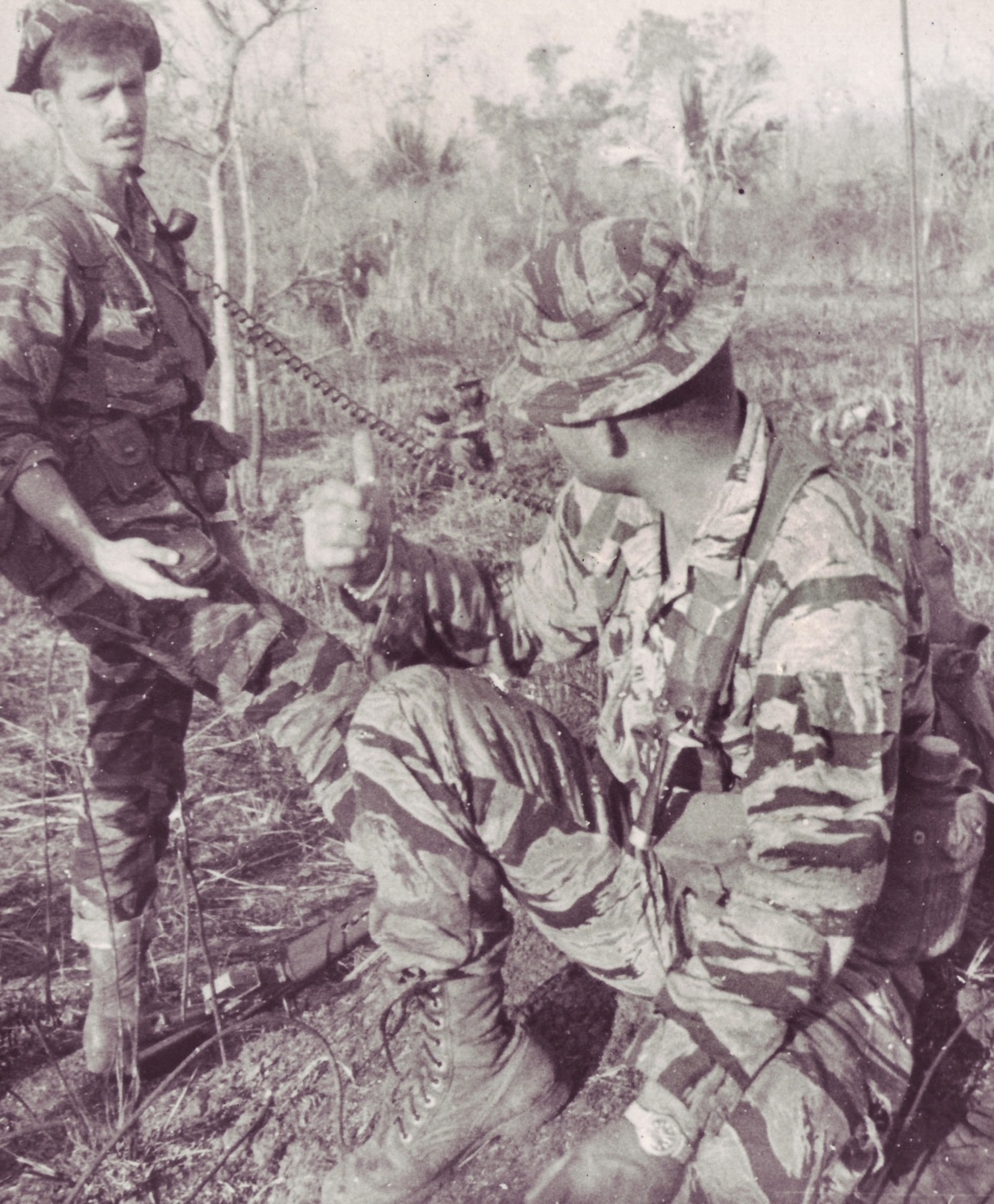
The profile for the knife Baker settled upon was his version of the American Bowie. Original 7”-bladed knives had a long clip on the top of the blade. Coupled with a slightly lowered tip, Baker said these knives gave excellent penetration. Later 6” knives had a shorter front clip and a seemingly scalloped top line, which Baker felt provided a bit less penetration but led to more target damage. The 7” Recon knives were intended for covert operations; the shorter blades Baker felt had better utility.
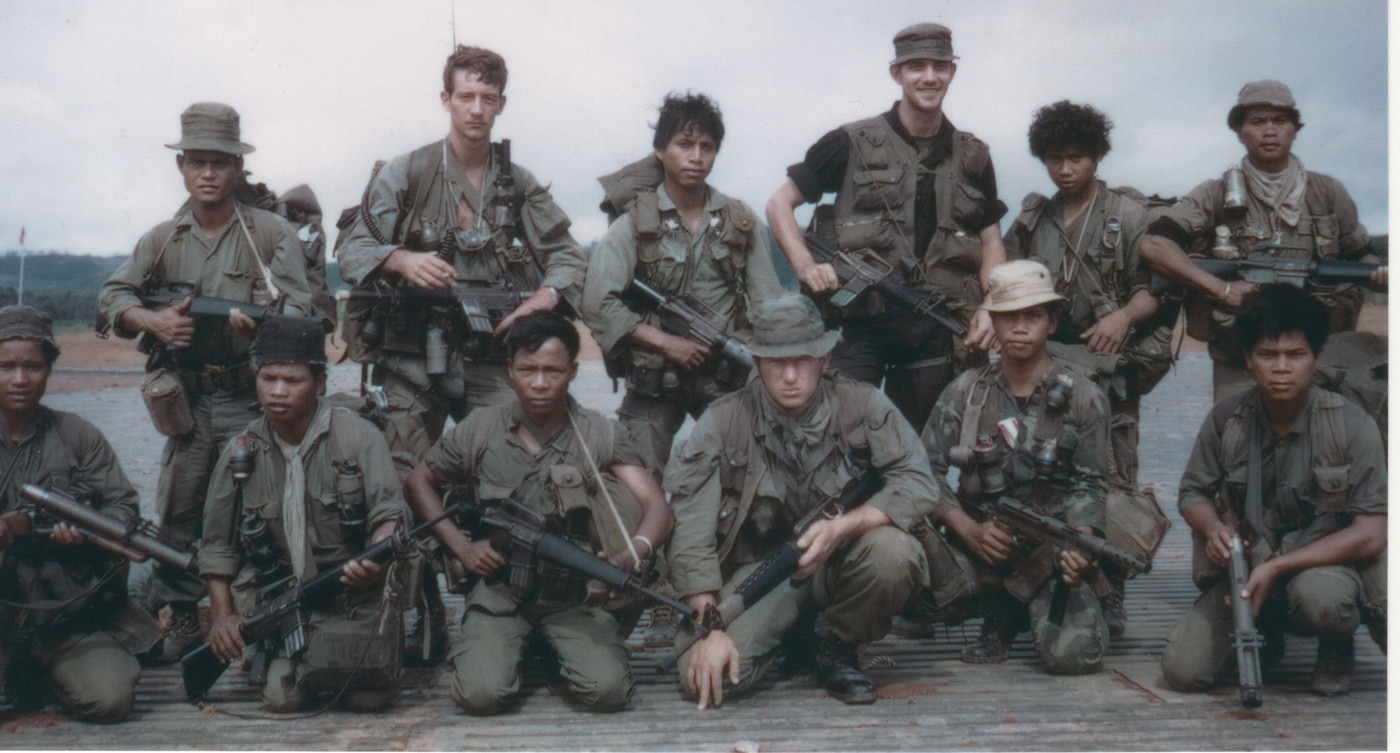
Baker chose SK-3 steel for the blade. Japanese SK-3 is an equivalent to U.S. O-1 steel. SK-3 is a high-carbon tool steel that holds a good edge. Baker had the blades heat treated to 55-57 RHC for a compromise of edge retention and ease of sharpening. Because it is not a stainless steel, the SOG blades were dark-blued to protect the metal. Some blades exhibited a plum color that Baker said was the result of different bluing processes by the makers.
The knife’s guard was of particular interest during the design phase. Baker wanted a cross guard for full hand protection, anterior and posterior. Further, he envisioned grabbing the guard as a method for withdrawing the knife if a thrust left it stuck in clothing, bone, sinew, and/or tissue. He and his team experienced just this on the large test animals. According to Baker, an unsharpened length of choil and spine allowed a trooper to safely grasp and retrieve the SOG knife in these conditions.
A stacked leather washer handle emulated his Marbles hunter. Baker gave it finger grooves for both a positive grip and indexing. Its cross-section tended toward oval for the same reasons. The guard and pommel were either brass, steel, or, in some cases, aluminum. The pommel contained a lanyard hole. The mechanical connection between the handle and blade was accomplished with a threaded through-tang and nut at the pommel. This full-length tang added strength and balanced the knife to Baker’s liking.
MACV-SOG knives came with right-handed leather sheaths that had a dropped belt loop. Sorry, PALS and MOLLE mounting systems were decades into the future. Early sheaths were brown, then later black. Stitching and rivets shored up the cowhide. The knife was retained by an angled and snapped strap. A sharpening stone, in coarse and fine grits, rode in a companion pouch on the face of the sheath.
By the Numbers
In late 1964, Baker commissioned the first batch of knives as “Knife, indigenous, RECON, 7” w/scabbard and whetstone” for the 7” blades from the Yogi Shokai Importer-Exporter Company. While the contract was for 1,300 units, a total of 1,308 knives were delivered, with eight non-blued models added by the contractor for testing and evaluation. The price per unit was $9.85, or about $100 in today’s currency.
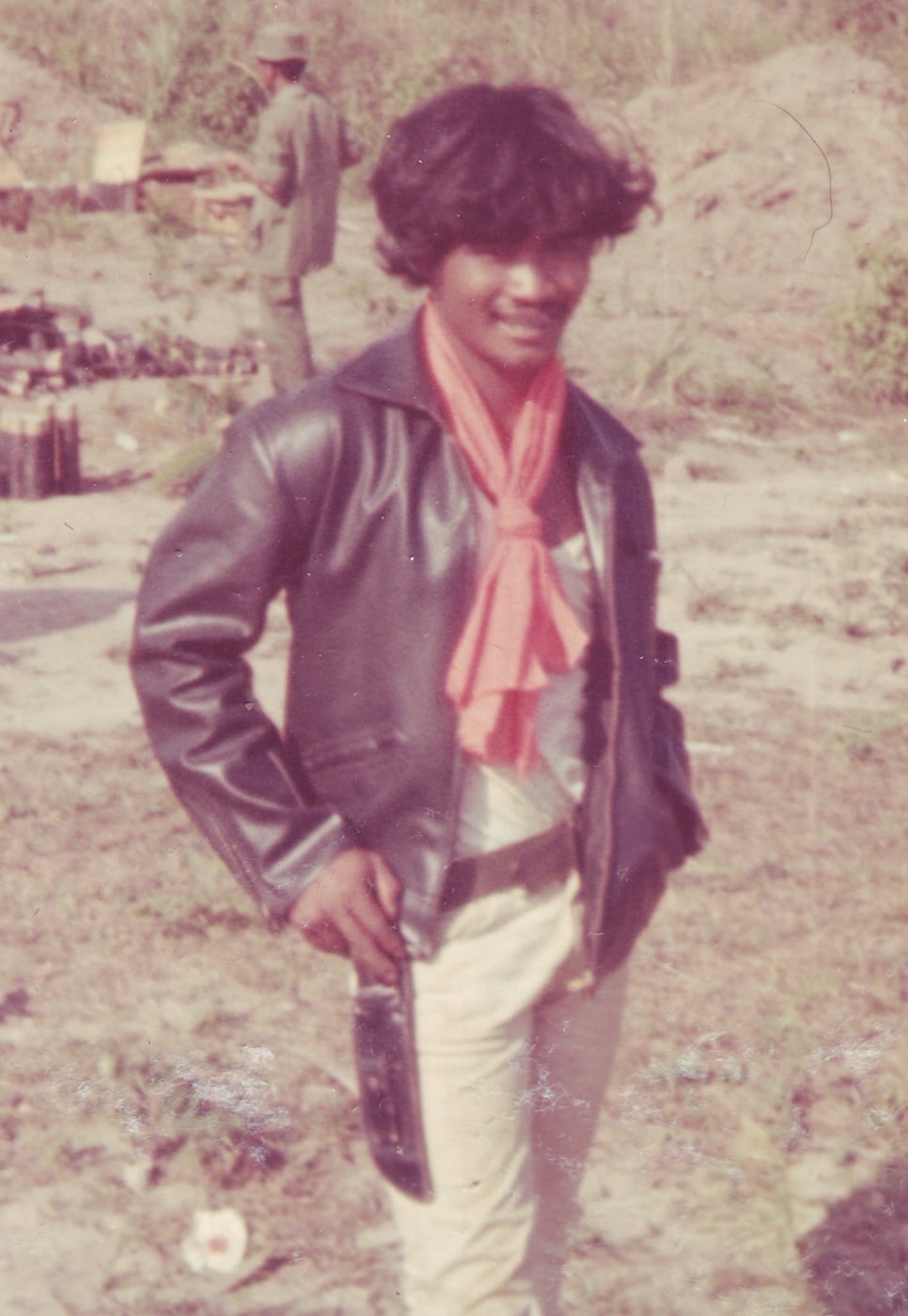
While Yogi Shokai and Company were the supplier, the actual blades were produced in the vaunted steel factories in Seki City, a world-renowned knife-making center. Seki’s bladesmithing prowess dates back over 800 years and rivals that of Solingen, Germany, and Sheffield, England. These are regarded as three important historical knife cities. This was also the reasoning behind the MACV-SOG knife’s Japanese SK-3 steel.
The second batch of 1,200 sterile MACV-SOG knives was contracted in October 1966 as the “Knife, indigenous, hunting, 6” w/black scabbard and whetstone.” These had the shorter profile and black sheaths. The cost for this run was $8.40 per knife. The third and final order of “unmarked” MACV-SOG knives occurred in March 1967. They were etched with serial numbers, with the numbers added for accountability.
In Practice
I recently had the honor of interviewing U.S. Army Special Forces Major John Plaster, who served three tours in Vietnam with MACV-SOG. He confirmed that SOG troopers were issued their exclusive sterile knives when assigned to a unit (Command and Control North, Central, or South), and that the knives were not normally issued to 5th Special Forces soldiers.
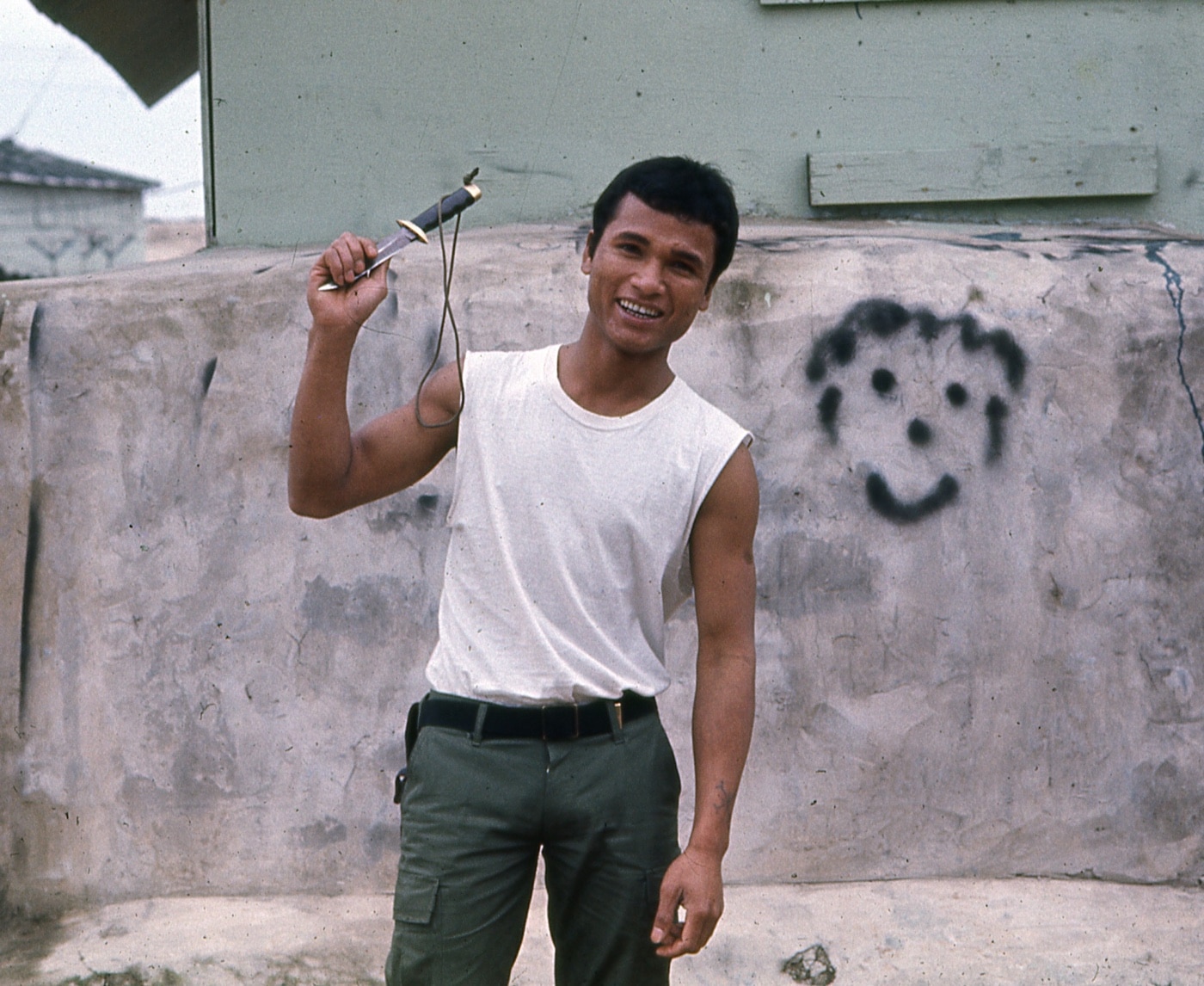
Plaster told me, “It was quite a distinction, in that era, to be the only Special Operations organization worldwide that had a distinctive knife designed just for it.” He stated he still has his issued SOG knife, a serial-numbered third-run version.
Maj. Plaster, who knew Ben Baker personally, said it was logical that the last issue knives were numbered because he had to give the serial numbers of each weapon carried by his soldiers for every operation. At the third knives’ run, Plaster said casualties were the highest and the numbers would help in several ways. Since the SOG operators went in without ID or unit identification, a knife’s serial number could assist in identifying MIAs or KIAs. It could also reveal enemy combatants carrying a SOG knife as valued targets.
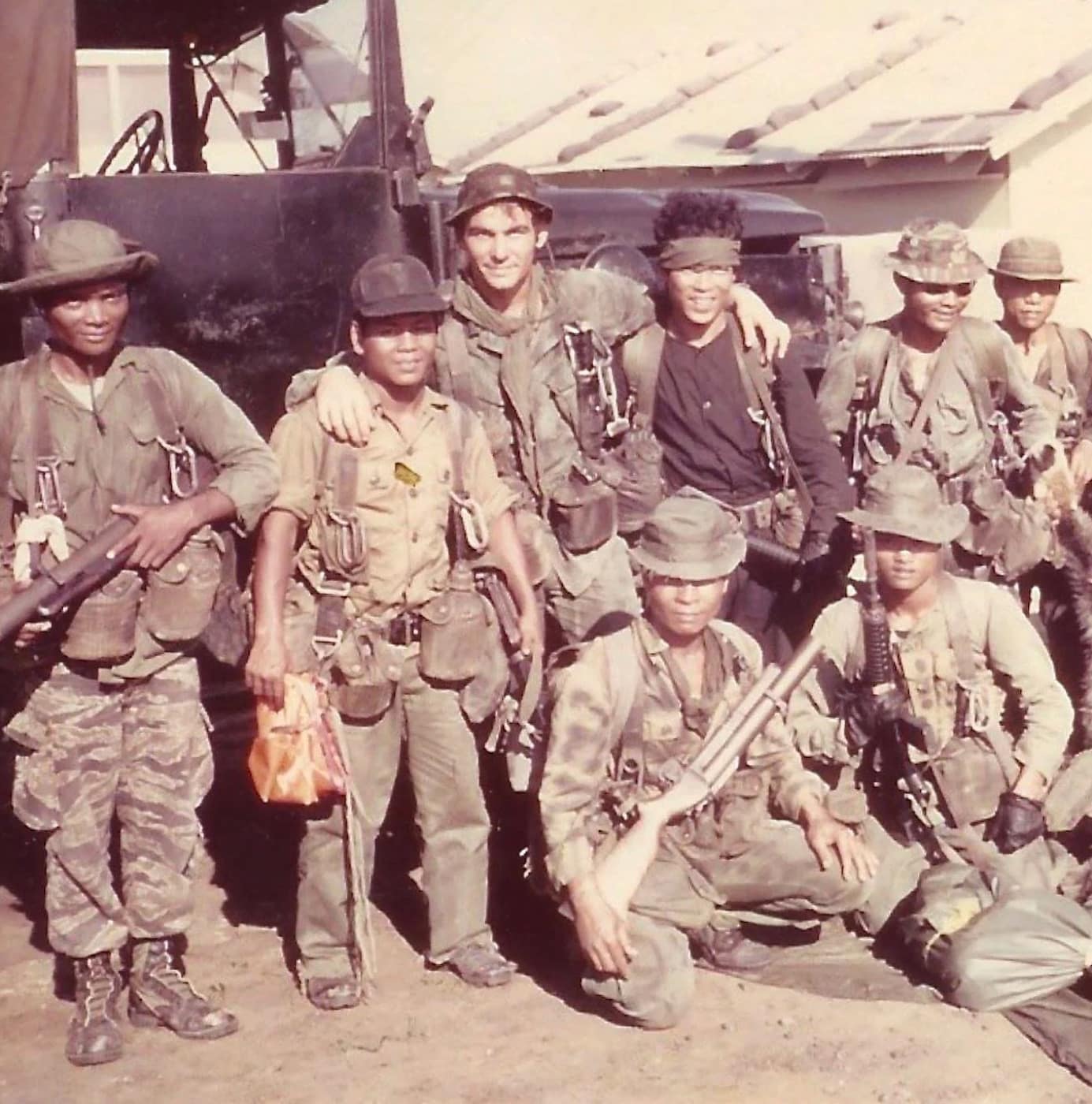
Maj. Plaster confirmed that the knives were used to cut brush for hot landing zones, open rations or other items, and dig holes for field expedient mines. He related that U.S Army Master Sgt. Roy Benavidez used his SOG knife to dispatch a Vietcong attacker during an especially violent helo extraction. For his actions to save other soldiers that day, Sgt. Benavidez was later awarded the Medal of Honor.
In addition to Maj. Plaster, I interviewed author Jason Hardy. Mr. Hardy is an expert on MACV-SOG, having done over 30 years of research and conducting personal interviews with special forces veterans. He was kind to fact-check me where needed and provided many of the photographs used in this article.
His new book, US Army Special Forces Fighting Knives of Vietnam, The SOG Knife, is available at The Dog Tag in addition to his other books, historic uniforms, gear, and documents for sale from his collection.
Continuing the Tradition
As I mentioned in the review of the SOG Camp Axe, former aerospace tool and die maker Spencer Frazer founded SOG Specialty Knives & Tools in 1986. His focus on Black Projects R&D, and later modern art and consumer products, gave Frazer a unique eye for lines. When Frazer saw his first Vietnam SOG Bowie, he thought, “The knife was magical in how it looked and felt. You could see the history and the functional aspects of the knife.”
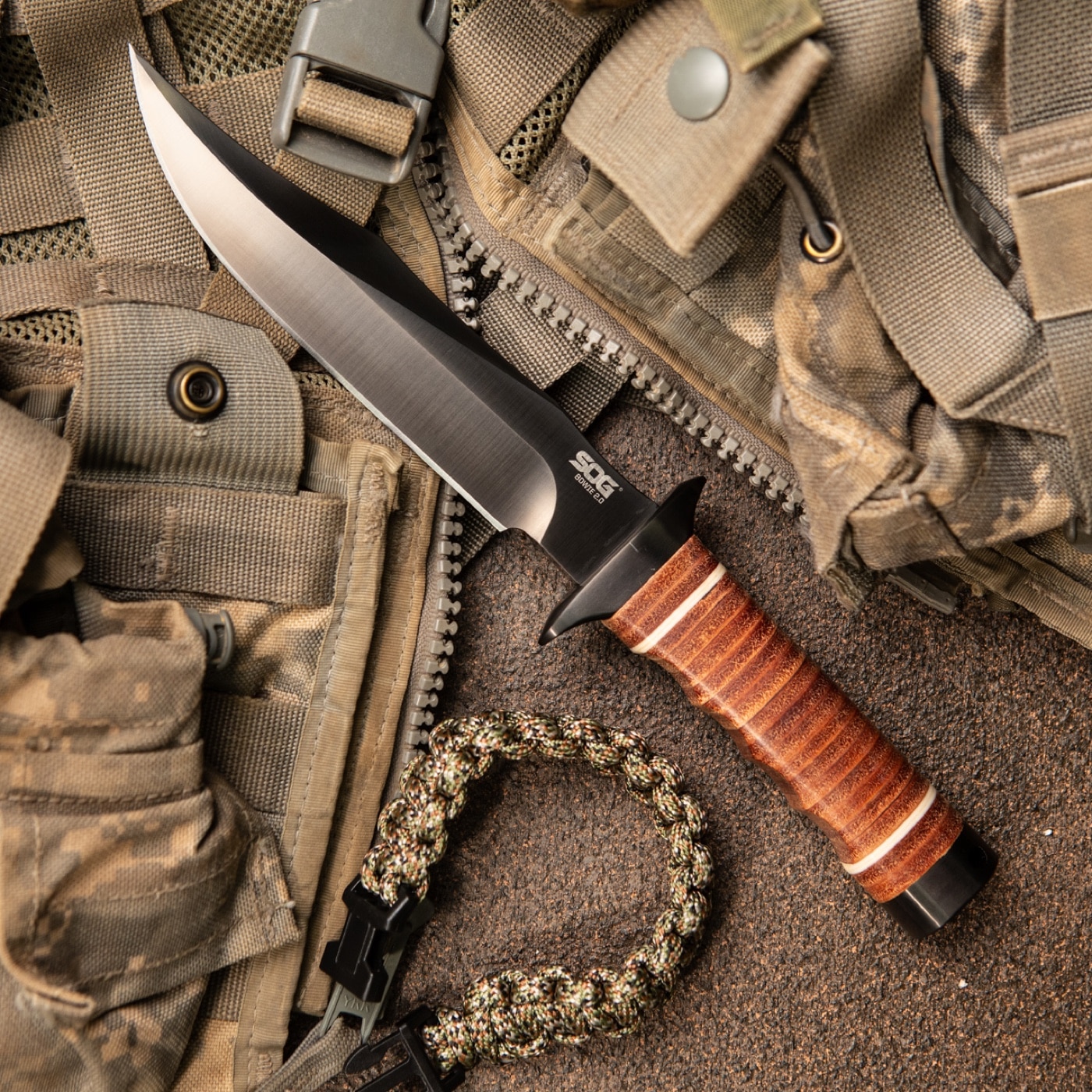
Frazer would go on to build the SOG Knives company as a tribute to the men of SOG and Baker’s design. The current homage is the SOG Bowie 2.0. It has the leather handle of the original, the profile of the 6-inch version, and black titanium nitride instead of dark bluing. MSRP is $199.95. The SOG Tech Bowies come in either black TiNi or stonewashed blades with modern Kraton handles.
Decades ago, I needed a slightly smaller fixed blade for work, and the SOG Seal Pup caught my attention — much like the original knife probably did for Frazer. It has the same racy profile as the MACV-SOG knife but at 2/3 the size. I bought one and carried it on the job and for diving trips in Hawaii and the Bahamas. I still have it.
Conclusion
Ben Baker’s creativity led to innovative equipment that saved lives and supported the fighters. He brought standardized field watches, covert uniforms, and even native-friendly field rations to the battlefield.
Retired General John K. Singlaub, two years as SOG Chief, said of Baker, “Whether we needed High Standard .22s with silencers or special equipment for our indigenous soldiers, Ben would get it for us, one way or the other.”
But for all his contributions, the sleek and deadly MACV-SOG knife remains Baker’s most famous procurement.
Editor’s Note: Please be sure to check out The Armory Life Forum, where you can comment about our daily articles, as well as just talk guns and gear. Click the “Go To Forum Thread” link below to jump in!
Read the full article here

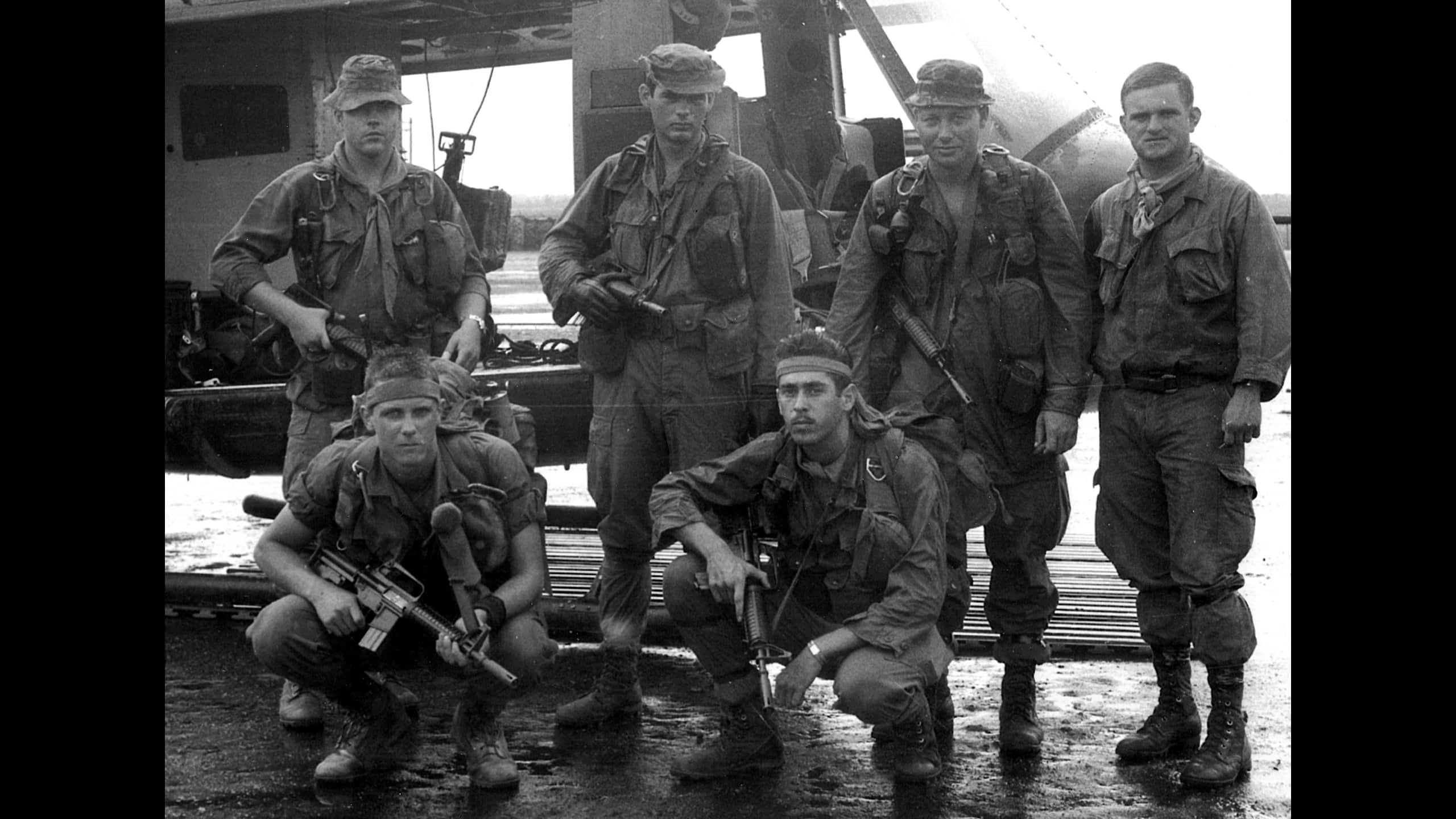
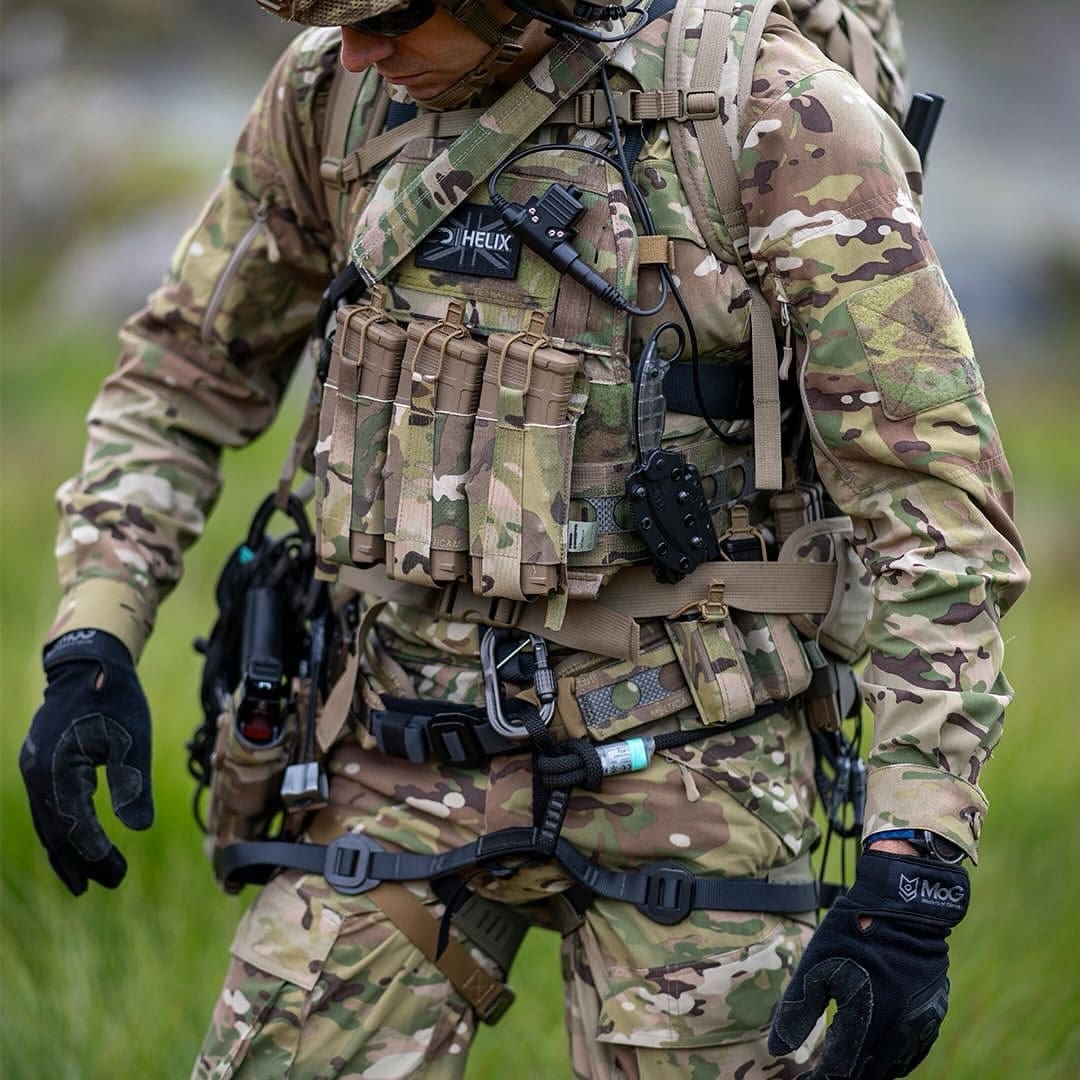

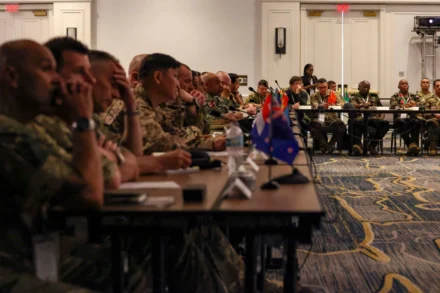

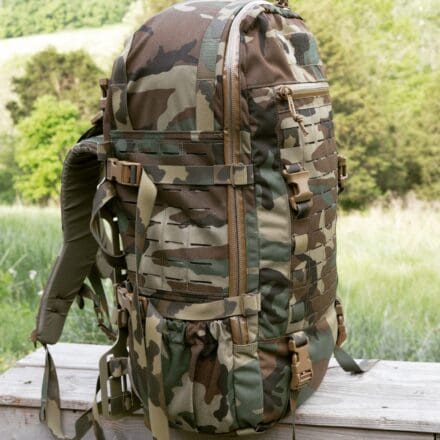
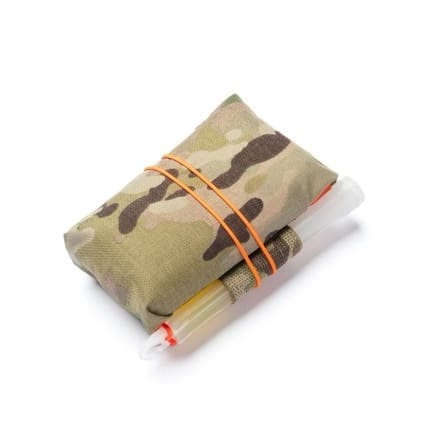
Leave a Reply